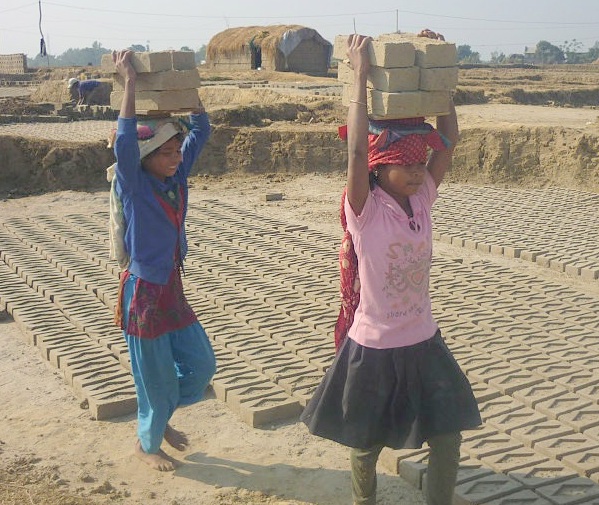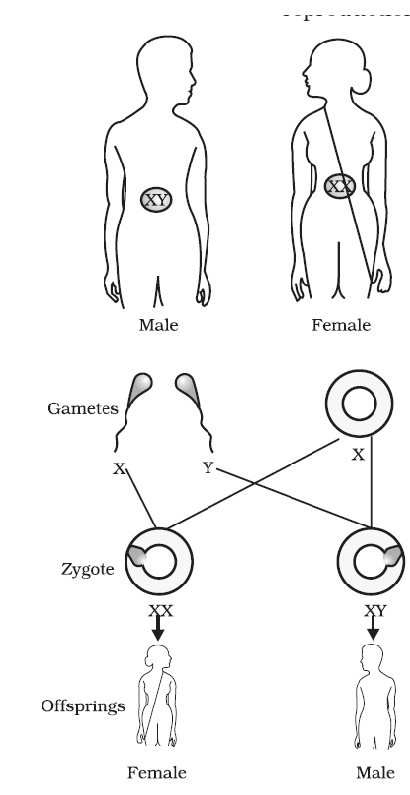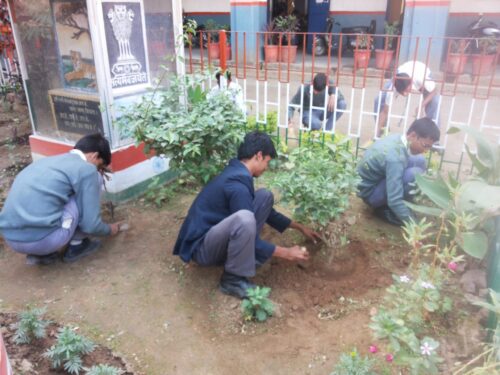Feature Image : Wikimedia commons
Children as they grow, start getting involved in the day to day activities of the family to support their parents. These children go to schools and work in the family in leisure periods. Their household activities are neither harmful nor exploitative.
An Estimate
However, some children work outside their homes for others to earn money for their parents. Such works are most often harmful and exploitative. UNICEF (2011) estimated that around 150 million children aged 5 to 14 in developing countries are involved in child labour which disturbs their schooling as well as exploits them in their early age when they remain innocent enough to understand good or bad. These conditions are always unfair for their lives.
Convention of International Labour Organisation
In the convention of International Labour Organisaion, the Child Labour has been defined as- the work that children should not be doing because they are too young to work, or – if they are old enough to work – because it is dangerous or otherwise unsuitable for them.
Not all work done by children should be classified as child labour
Not all the work performed by children should be classified as the Child Labour, and that is to be targeted for elimination. Participation of children or adolescents in work that does not affect their health and personal development or that does not interfere with their education, is generally regarded as being something positive. Whether or not a particular form of “work” can be called “child labour” depends on the child’s age, the type and hours of work performed by a child and the conditions under which it is performed by the child.
There are many forms of Child Labour
There are many forms of child labour. Children are engaged in agriculture, mining, manufacturing industries, domestic services, building constructions, scavenging and begging on the streets. In other cases children are trapped as slaves in armed conflicts, they are forced to work, or they are caught in debt bondage (to pay off debts incurred by parents and grandparents), and also in commercial sexual exploitation and illicit activities, such as drug trafficking and organized begging and in many other forms of labour. Many of these are “worst forms” of child labour as they are especially harmful, morally reprehensible- violating the child’s freedom and Human Rights.
Child Labour tends to be concentrated in the informal sector of the Economy
Child labour tends to be concentrated in the informal sector of the economy. For some work, children receive no payment, only food and a place to sleep. Children in informal sector work without receiving any payment even when they become injured or ill, and they can seek no protection even if they suffer violence or are maltreated by their employer.
Child Labour is often defined as –
The term “child labour” is often defined as work that deprives children of their childhood, their potential and their dignity, and that is harmful to their physical and mental development. The term Child Labour refers to the work that:
(i). is mentally, physically, socially or morally dangerous and harmful to children; and
(ii). interferes with their schooling by:
(a). depriving them of the opportunity to attend school;
(b). obliging them to leave school prematurely; or
(c). requiring them to attempt to combine school attendance with excessively long and heavy work.
In its most extreme forms, child labour involves children being enslaved, separated from their families, exposed to serious hazards and illnesses and/or left to fend for themselves on the streets of large cities – often at a very early age.
Which work can be called as Child Labour?
Whether or not particular forms of “work” can be called “child labour” depends on the child’s age, the type and hours of work performed by the child, the conditions under which it is performed by the child and the objectives pursued by individual countries. The answer varies from country to country, as well as among sectors within countries.
Article 3 of International Labour Organisaion Convention
Article 3 of International Labour Organisaion Convention 182 has defined worst form of Child Labour that must be eliminated at any cost. Some of the Worst Forms of Child Labour are mentioned below –
(1). all forms of slavery or practices similar to slavery, such as the sale and trafficking of children, debt bondage and serfdom and forced or compulsory labour, including forced or compulsory recruitment of children for use in armed conflict;
(2). the use, procuring or offering of a child for prostitution, for the production of pornography or for pornographic performances;
(3). the use, procuring or offering of a child for illicit activities, in particular for the production and trafficking of drugs as defined in the relevant international treaties;
(4). work which, by its nature or the circumstances in which it is carried out, is likely to harm the health, safety or morals of children, and
(5). labour that jeopardizes the physical, mental or moral well-being of a child, either because of its nature or because of the conditions in which it is carried out, is known as “hazardous work”.
Child Labour in whatever form …
Child labour in whatever form is always against law. The UNICEF and many non-government organisations across the world are working to stop the practice of child labour in the world. But, until and unless each one of the society becomes aware of the Laws against child labour, and the laws favoring Child Rights, and duties of a person not to keep child labour, the problem is yet to be solved.
Key Words :consider, child labour, UNICEF, Child Rights




